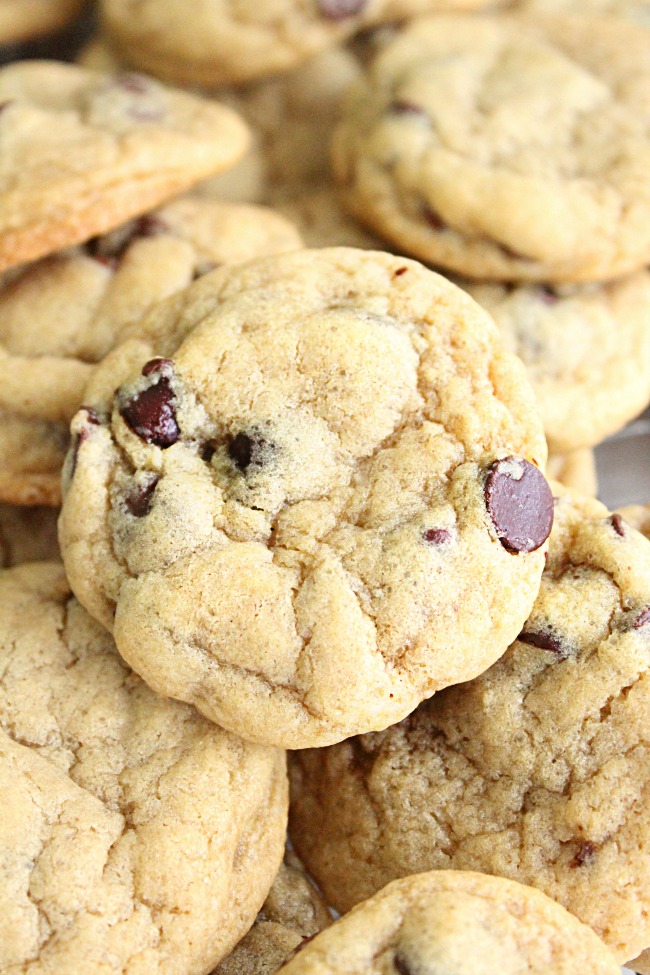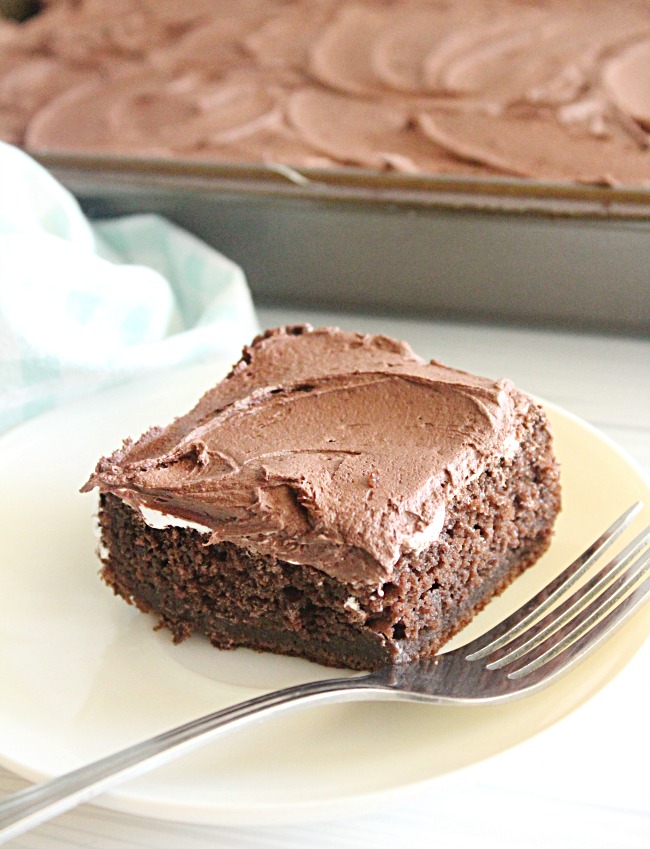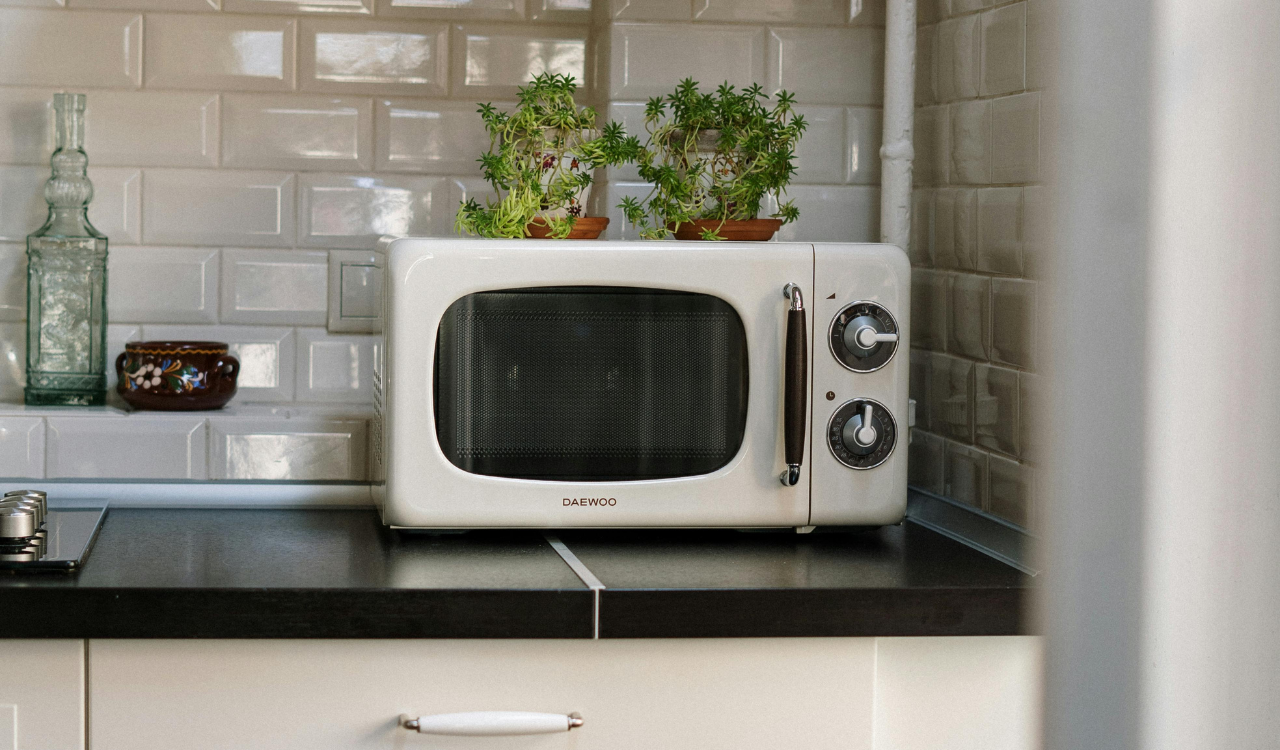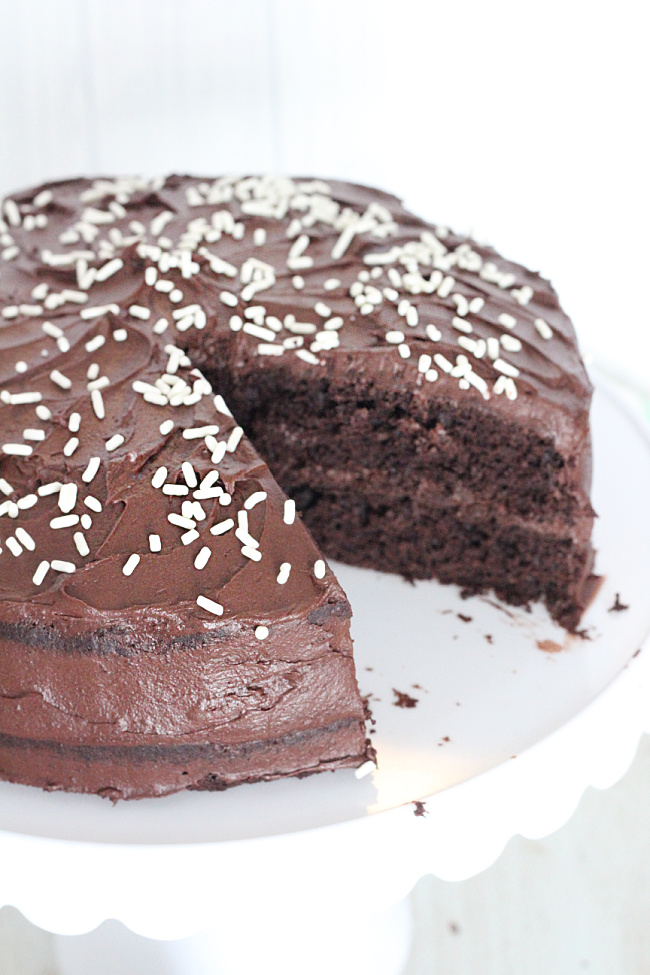12 Quick Fixes To Stop A Casserole From Turning Watery
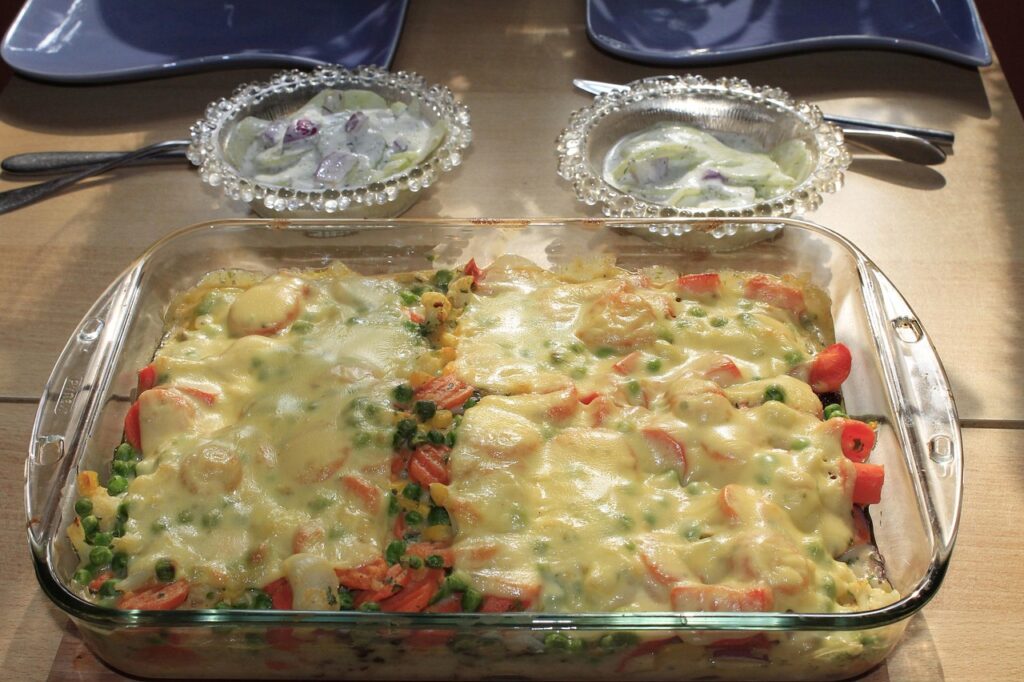
Casseroles offer comfort and convenience but can disappoint when excess water makes them soggy. Juicy vegetables or liquid-heavy sauces often lead to a runny texture. With thoughtful prep and simple kitchen tweaks, anyone can turn out thick, satisfying casseroles every time. These twelve quick fixes provide practical solutions for every recipe. Whether you use veggies, grains, or creamy sauces, these tips guarantee your casserole will be rich, flavorful, and never watery at the table.
1. Pre-cook Water-Rich Vegetables
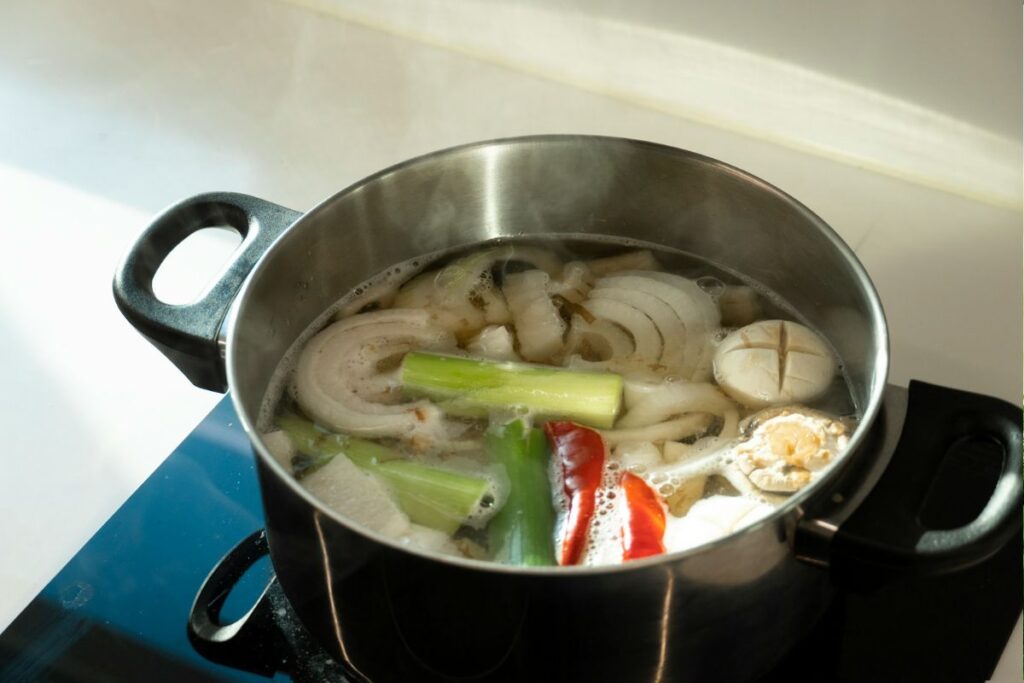
Fresh vegetables release water during baking which can make casseroles soggy and mushy. To avoid this, cook watery vegetables such as mushrooms, zucchini, or spinach before adding them to your casserole. Sautéing or roasting helps evaporate excess moisture. After cooking, be sure to drain or pat the vegetables dry thoroughly. This step removes trapped water, ensuring that your casserole layers remain firm and flavorful, resulting in a dish that holds together well without becoming watery.
2. Drain and Pat Dry Frozen Ingredients
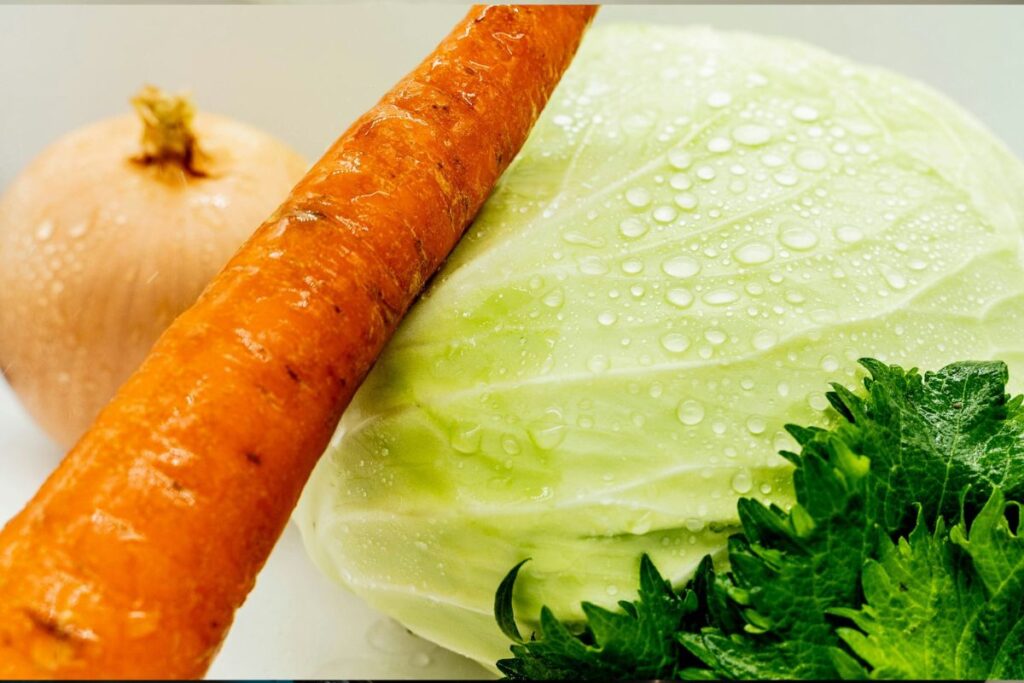
Frozen vegetables contain more water than fresh produce and quickly release it as they thaw, which can make casseroles runny if not handled correctly. To prevent excess moisture from affecting the dish’s texture, always thaw frozen vegetables completely then pat them dry with a kitchen towel. Even a brief drying step helps remove surface ice and water clinging to the vegetables. This easy technique keeps your casserole firm, flavorful, and avoids the hidden moisture that can spoil otherwise perfect results.
3. Use Thickening Agents
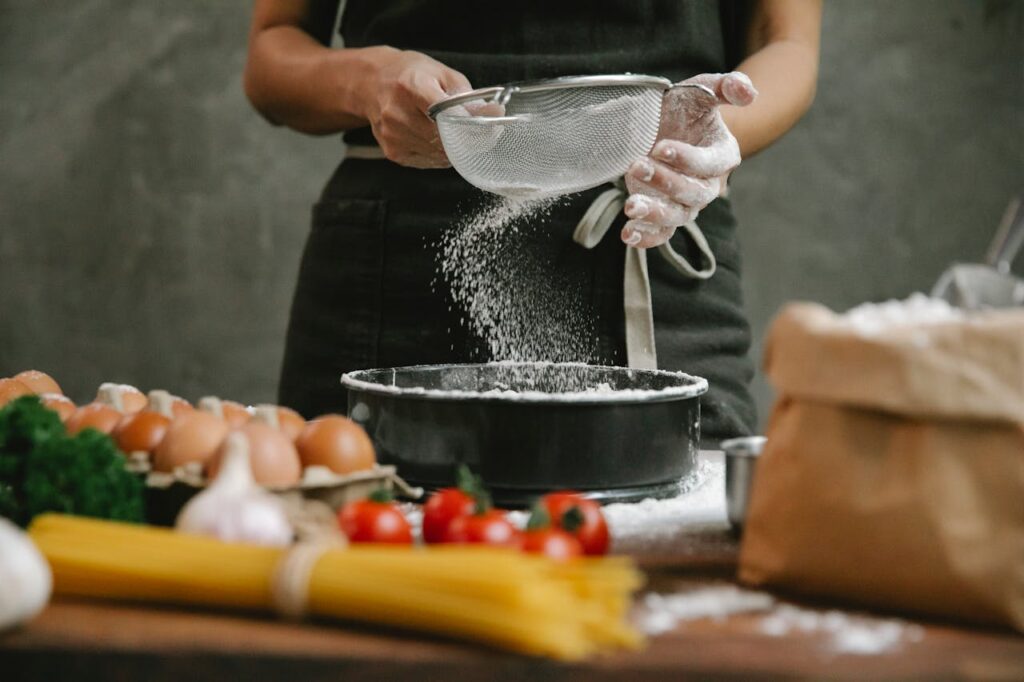
If your casserole mixture looks wet before baking, add common thickening agents like flour, cornstarch, or instant potato flakes while stirring. These kitchen staples absorb extra liquid, helping the casserole maintain its shape during cooking. For sauces, using a roux or a cornstarch slurry is effective, as these trap moisture and allow the dish to set firmly, preventing a runny or soupy texture when served. Add these thickeners gradually to avoid over-thickening and maintain flavor balance.
4. Parboil Grains and Pasta
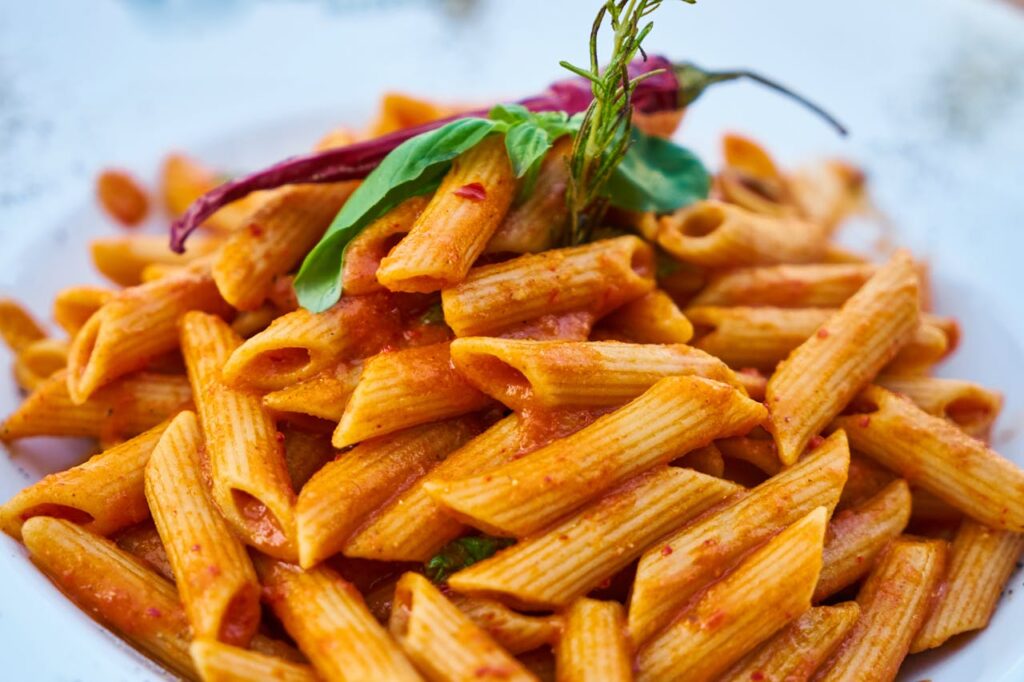
Rice, pasta, and potatoes that are raw or fully cooked before baking can upset the moisture balance in casseroles. Parboiling these grains and pasta until just firmer than usual allows them to continue cooking during baking while absorbing excess liquid. After draining and cooling, layering them helps the casserole hold together and prevents a mushy bottom. This method ensures the grains finish with ideal texture and the dish remains cohesive and satisfying.
5. Salt and Rest Raw Vegetables
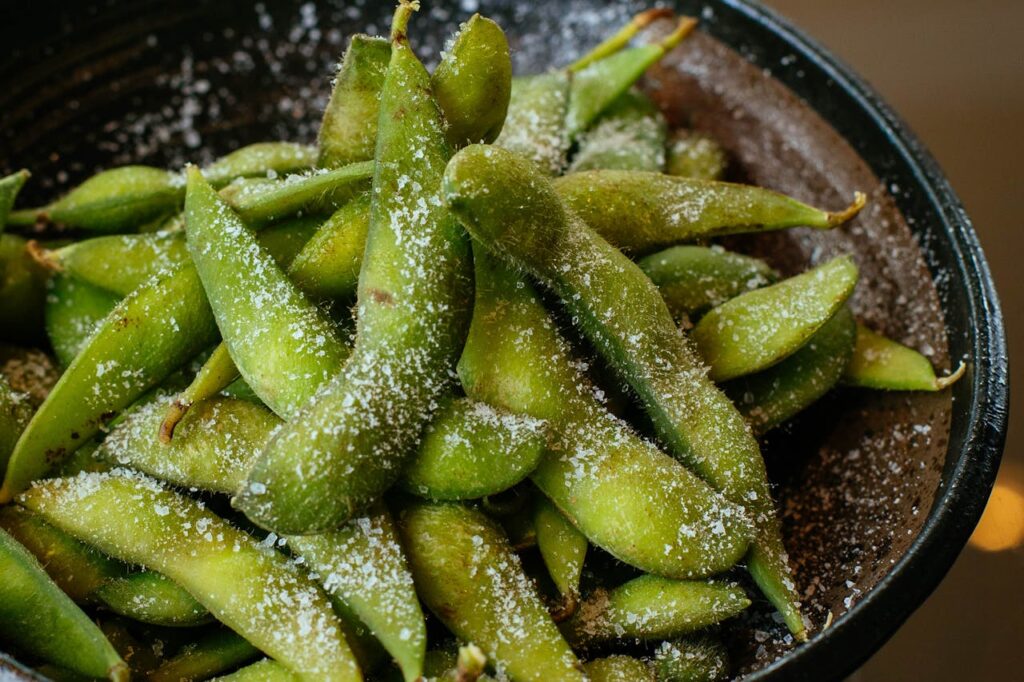
Salt draws moisture out of fresh vegetables through osmosis, helping to reduce their water content before cooking. After chopping, sprinkle salt evenly over the vegetables and let them rest for about thirty minutes in a colander. During this time, excess water is released, which should be discarded. Rinse off any remaining salt and pat the vegetables dry before adding them to your casserole. This technique improves texture by preventing watery results and promotes even cooking in the finished dish.
6. Uncover to Finish Baking
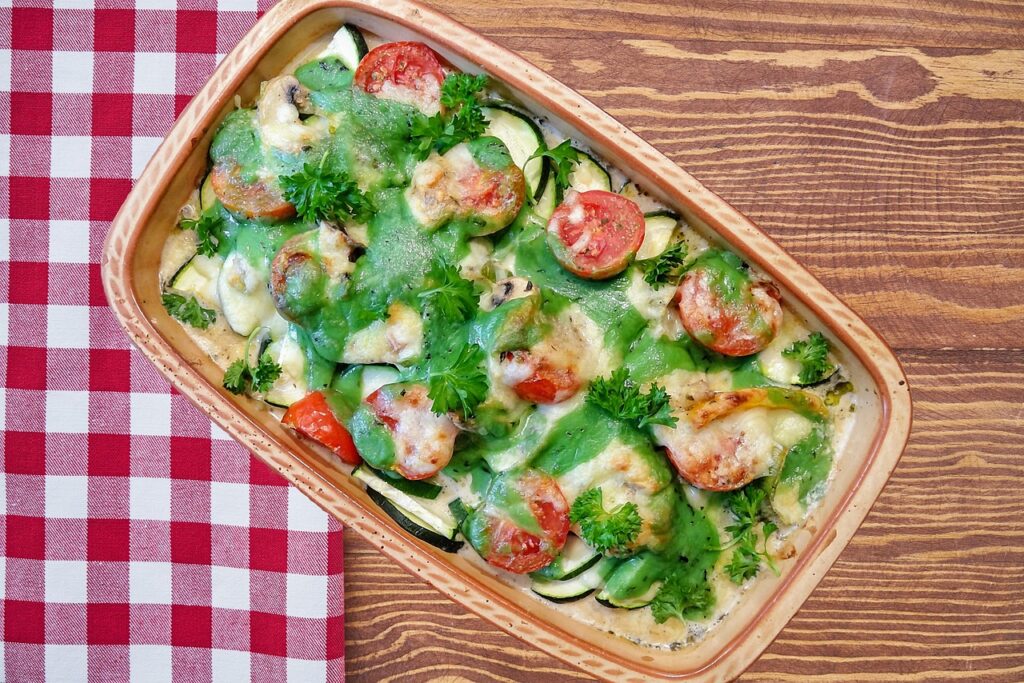
Covering the casserole during most of the baking traps steam and helps cook ingredients evenly, especially if they need moisture such as rice or raw vegetables. However, removing the cover in the last twenty minutes allows steam to escape, letting the top brown and crisp, which is essential for cheesy or breadcrumb toppings. This final uncovered baking step gives the casserole a golden, flavorful crust and helps the interior set firmly for perfect texture and taste.
7. Reduce Sauce Before Pouring
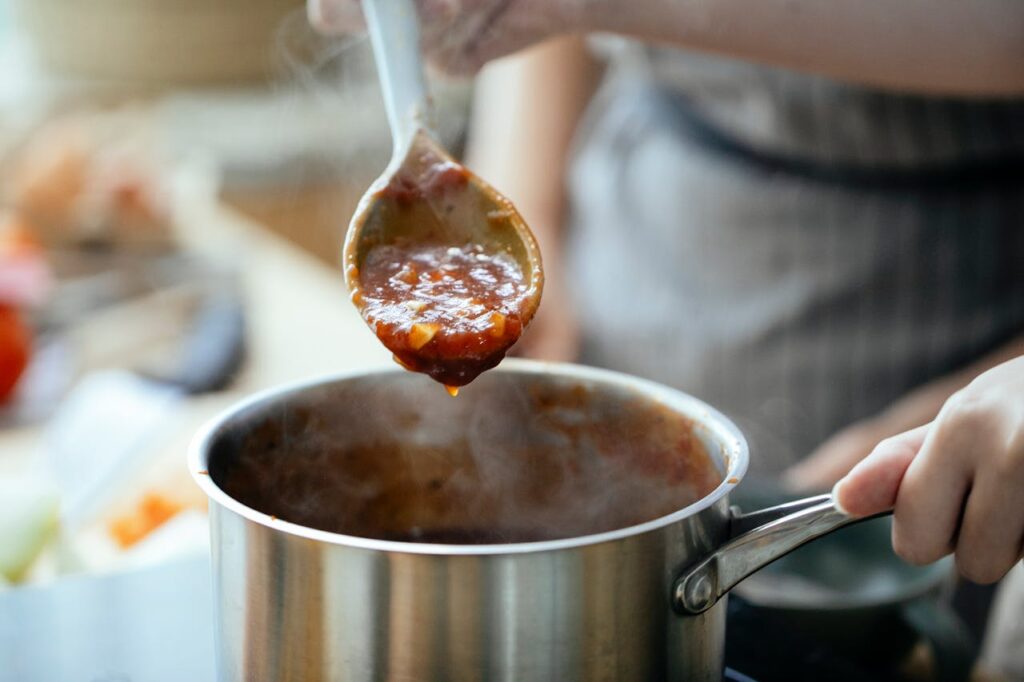
Thicken your homemade sauce on the stove before adding it to the casserole. Simmer it gently until it reduces and becomes less runny, concentrating flavors and improving texture. You can also use thickening agents like a roux made from equal parts butter and flour, or a cornstarch slurry mixed with cold water for quick thickening. These steps help your casserole hold together better, keep the layers intact, and make slicing easier while maintaining a rich, balanced flavor throughout.
8. Avoid Overcrowding the Pan
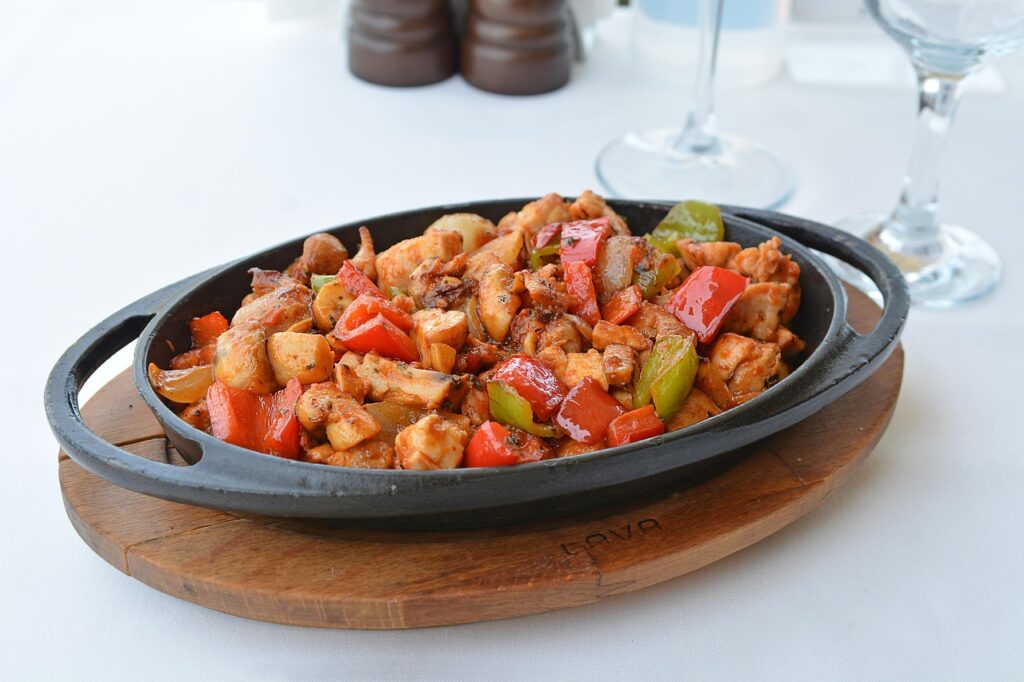
A packed casserole dish traps moisture, creating steam that results in a soft, soggy texture. Choosing a baking pan that is large enough to spread ingredients evenly allows steam to escape properly. Loosely layered ingredients promote even baking and prevent undercooked spots. This also ensures that every serving has a firm texture and balanced flavor, making the casserole more enjoyable from the first bite to the last.
9. Layer Smart—Heavier Items at the Bottom
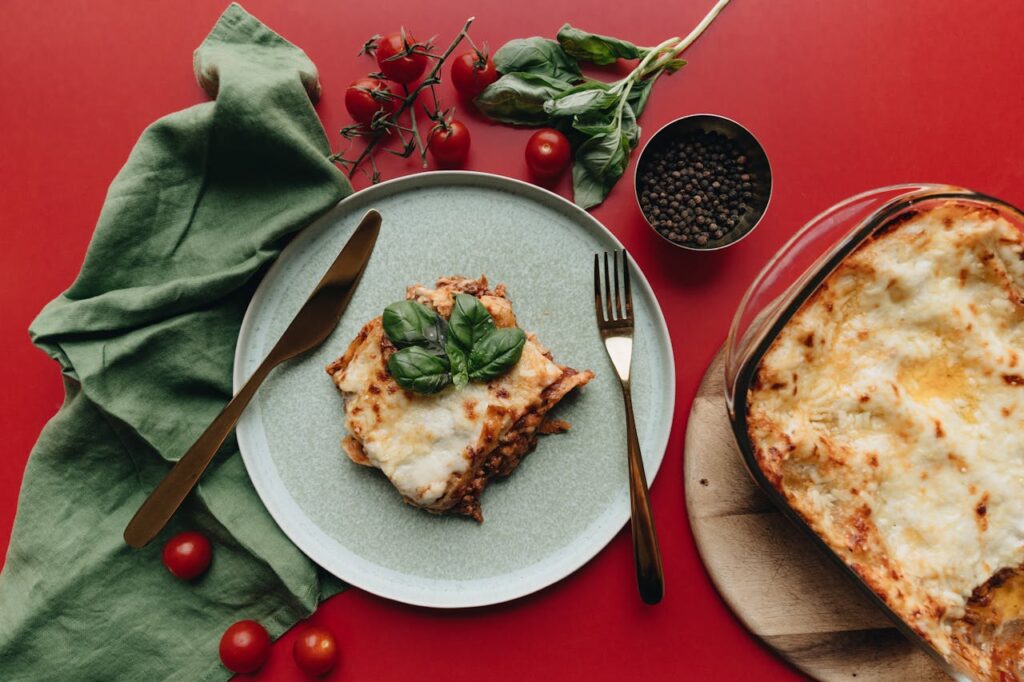
Placing heavier ingredients like grains, potatoes, or thick meats at the bottom of a casserole helps absorb juices released from items above during baking. This layering technique controls excess liquid and promotes balanced moisture throughout the dish. By allowing the bottom layer to soak up moisture, it prevents sogginess while supporting firmer, more flavorful top layers. Thoughtful layering ensures a well-structured casserole with appealing textures in every bite.
10. Cool Casserole Before Slicing
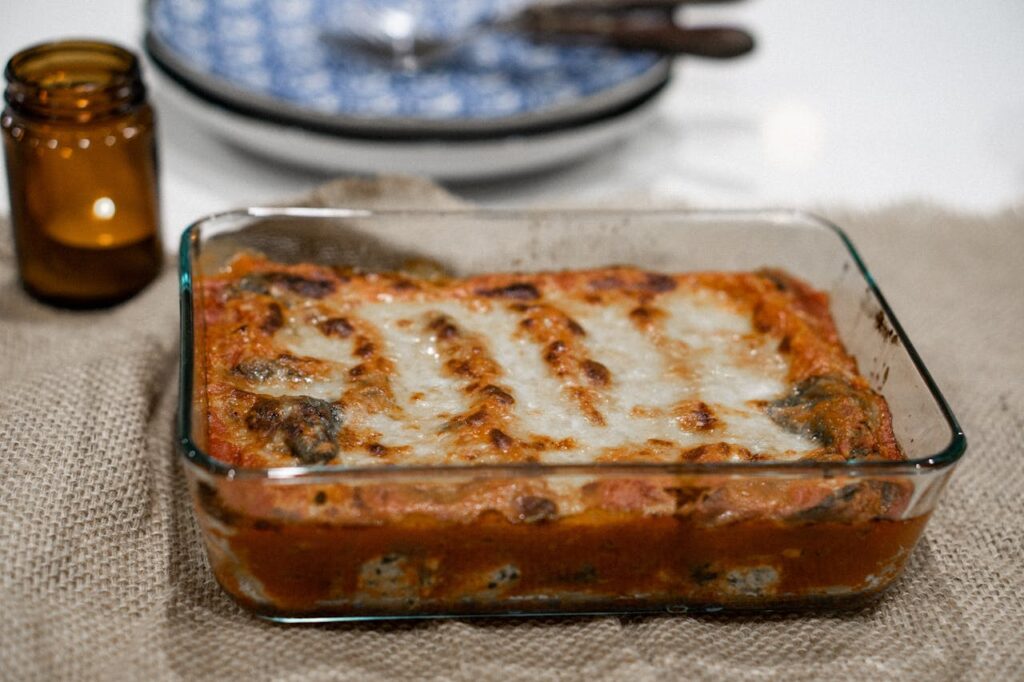
A brief rest after baking is essential for improving a casserole’s texture. Allow the dish to sit for at least fifteen minutes before slicing. During this time, the juices settle and reabsorb into the ingredients, preventing them from running out when cut. Cutting too soon causes the juices to escape, leading to loose, falling-apart portions. Waiting ensures neat, cohesive servings and lets the flavors meld together, delivering a better eating experience with every bite.
11. Use a Roux or Bechamel Base

Starting a casserole with a flour-based sauce like a roux or classic béchamel helps maintain thickness during baking. A roux is made by cooking flour in fat, creating a smooth base that absorbs moisture from vegetables or meats. Béchamel, a milk-based sauce thickened with roux, offers richness and supports the dish’s structure. These sauces prevent watery casseroles and yield a firm, creamy texture, especially in layered recipes that benefit from a stable, luscious foundation.
12. Mind the Cheese and Toppings
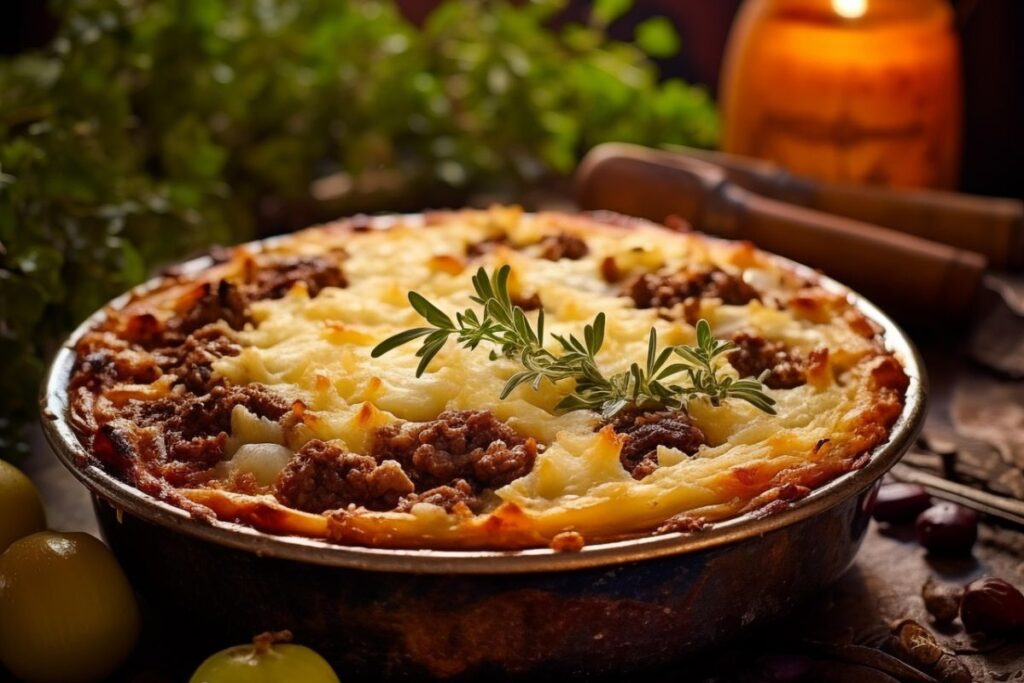
Grated cheese mixed with breadcrumbs or dry cracker crumbs absorbs moisture and forms a crispy topping. Avoid fresh or high-moisture cheeses and wet toppings, as they add unwanted liquid and prevent the surface from crisping. Coated with melted butter before baking, these dry toppings brown nicely and add desirable texture and visual appeal. Using the right toppings protects the casserole from sogginess, delivering a golden, crunchy finish that complements the rich layers beneath.
